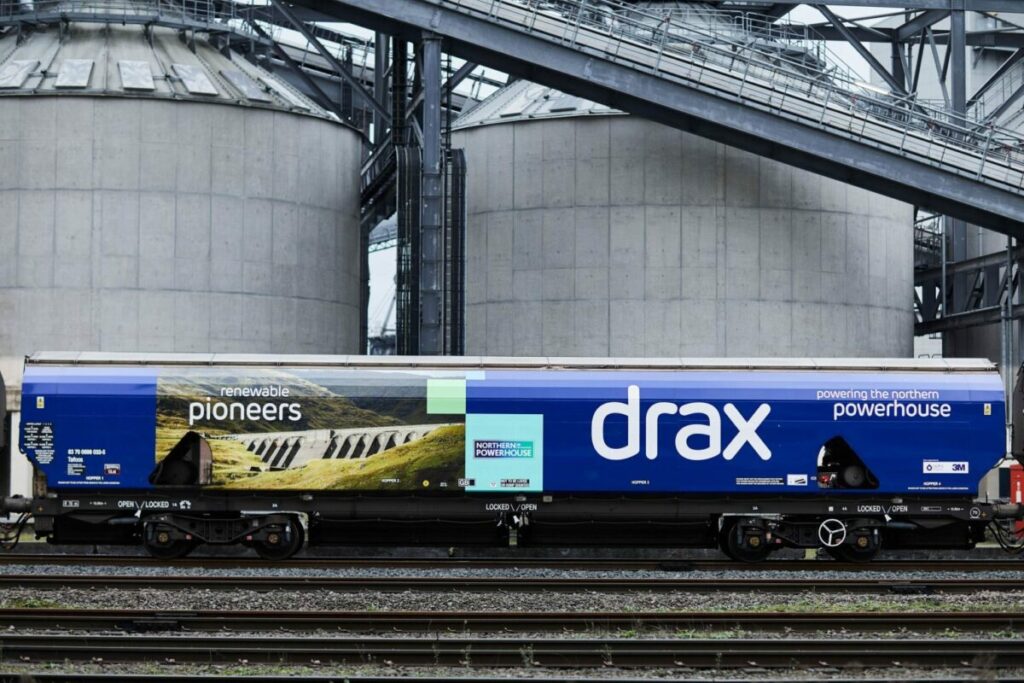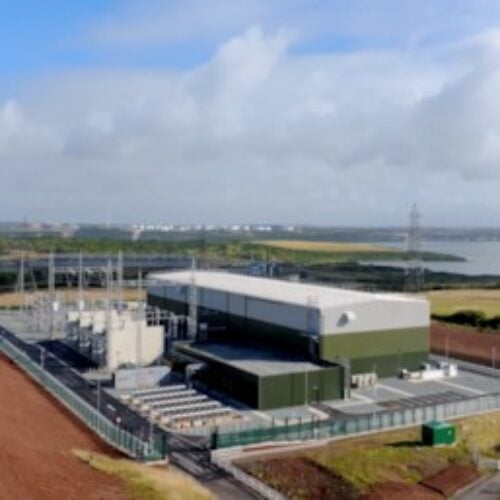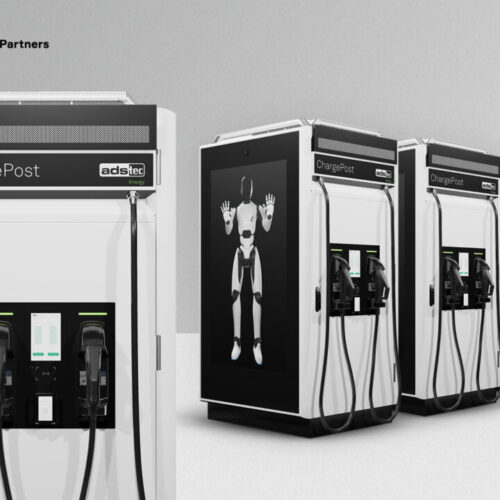Think tank E3G says the government’s clean power 2030 target is achievable and will protect the UK from electricity price volatility.
Based on modelling by Baringa Partners on behalf of E3G, a “concerted build-out” of renewable energy will enable long-term electricity bill stability under existing policies. It looked at three scenarios, baseline, constrained acceleration and unconstrained acceleration.
Baseline acceleration, which follows the trajectory the UK was on before the election, would achieve 86% clean power. CP30 defines clean power as a scenario in which at least as much power is generated from clean sources as Great Britain consumes across the year, and when unabated gas generation makes up less than 5% of Great Britain’s generation in a typical weather year.
Constrained acceleration would see maximum use of existing delivery mechanisms to increase deployment within current delivery constraints and achieves 94% clean power by 2030.
With unconstrained acceleration, seeing action taken to reduce delivery constraints by two years and achieve higher deployment of offshore wind achieves 96% clean power by 2030.
The modelling also states that under existing pricing policies and with central gas price projections, the UK government can complete its clean power mission by 2030 with electricity bills at the same level as today. However, the energy market and electricity bills are not set up to allow consumers to benefit from the transition to renewable generation.
Policy changes, then, will be necessary to bring bills down (as the government has promised). Reforms suggested by E3G could lower electricity bills by over £200, it said. The report lays out a package of policy recommendations: reduce the cost of renewables, move levies off electricity bills, reduce wholesale costs, and unleash an efficiency revolution.
Drax biomass not needed to achieve targets
The former coal power station at Drax has been converted to operate on imported biomass. It receives a large legacy subsidy to support its operation and the electricity it produces is currently classified as clean power which could provide backup support. However, there is strong evidence that the emissions associated with using biomass in power stations are significant.
CP30 said that biomass could play an important role in achieving targets by providing flexible or firm generation and, as support arrangements for large and small-scale biomass generators conclude by 2030 (support for Drax expires in 2027), the government is considering the case for providing future support.
E3G’s report says that the clean power mission can be delivered without extending the lifetime of Drax and that the government should recognise the high environmental and financial costs associated with Drax’s biomass operations and look to zero emission sources of dispatchable power.
A focus on green hydrogen
It is important to provide cost-effective backup for times when solar and wind power generation is scarce, which is why firm dispatchable generation is a critical part of the clean power plan. This is where gas continues to play a small role in a clean power system, because developing zero or low-carbon forms of backup will take time and not be possible to implement fully by 2030.
E3G said the current main technological options outside of gas are (ideally green) hydrogen production and storage for use in gas turbines or engines, or carbon capture and storage (CCS) from combined cycle gas turbine power plants (CCGTs).
However, Samantha Smith, head of heat and biomass UK at the Renewable Energy Association (REA) criticised this approach, saying the group is “concerned about some of the underlying assumptions within the report and reliance on just a handful of renewable technologies”.
Smith continued: “We welcome the clear message that clean power 2030 can be achieved, with renewables bringing down consumer bills and increasing the UK’s energy security. To tackle climate change, achieve our net zero ambitions, and deliver clean power 2030, we need to use every tool in our toolbox.
“This report fails to recognise the wider role of biomass, focusing instead on just one biomass generator, which sit at odds with NESO’s own Clean Power 2030 report. The report also fails to recognise the significant potential of biomethane in helping to decarbonise our gas grid and transport sector.
“While green hydrogen has an important role play, other forms of Long Duration Energy Storage – pumped hydro storage and compressed air storage – are also needed.”






